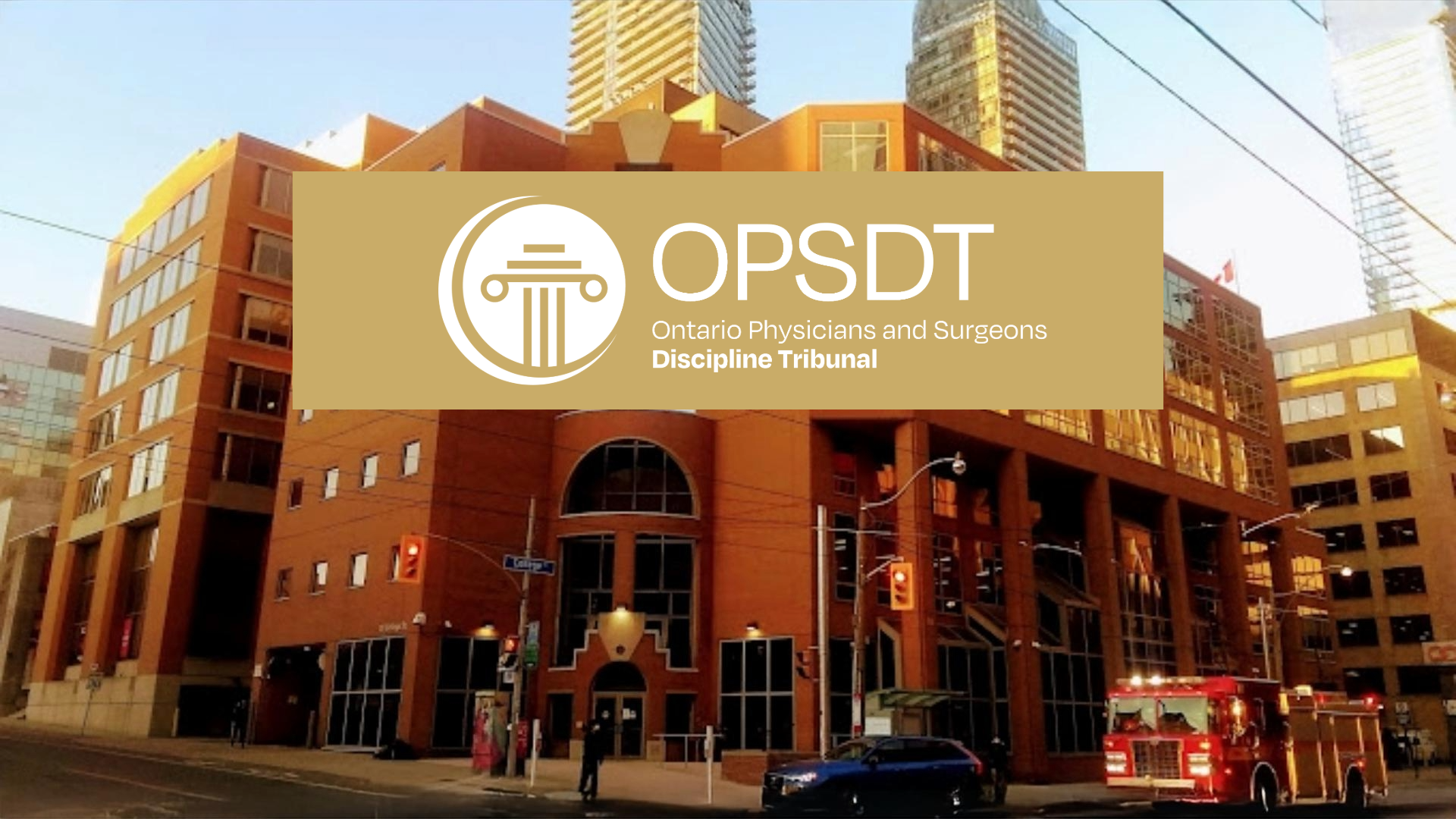
Medical Malpractice and Communication Errors Among Physicians
The lack of interoperability among health information systems in Canada is a long-standing problem, with archaic methods like fax still being used to share patient data. In an attempt to curtail this issue, a federal bill, the Connected Care for Canadians Act, was introduced in 2024 to allow the secure access and sharing of personal health information among healthcare providers. The bill would also require technology companies to make their health software compatible with each other, promoting better information flow.


